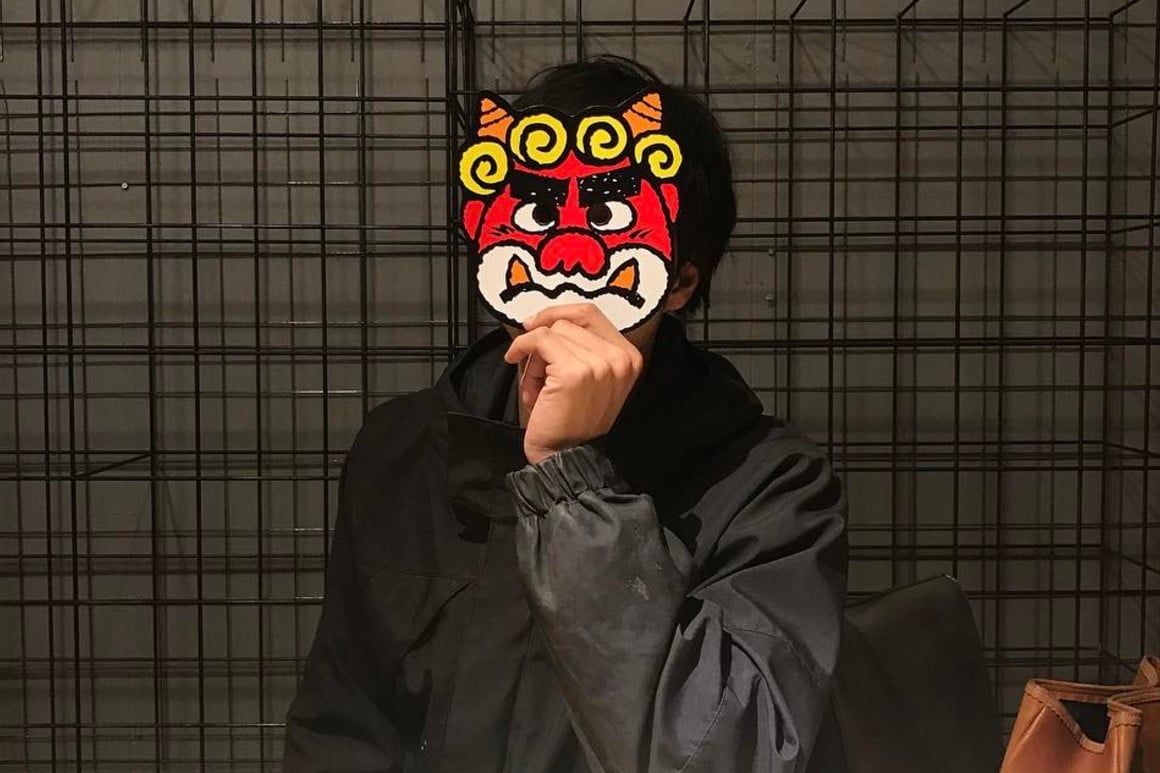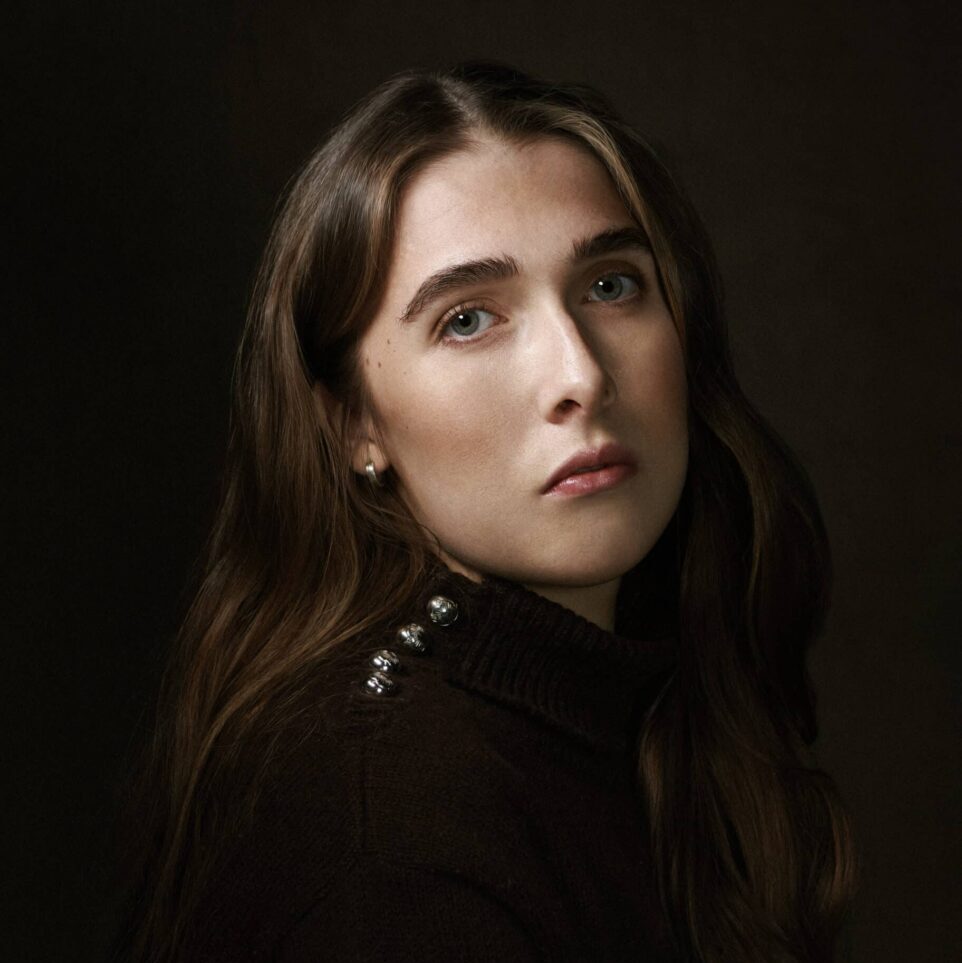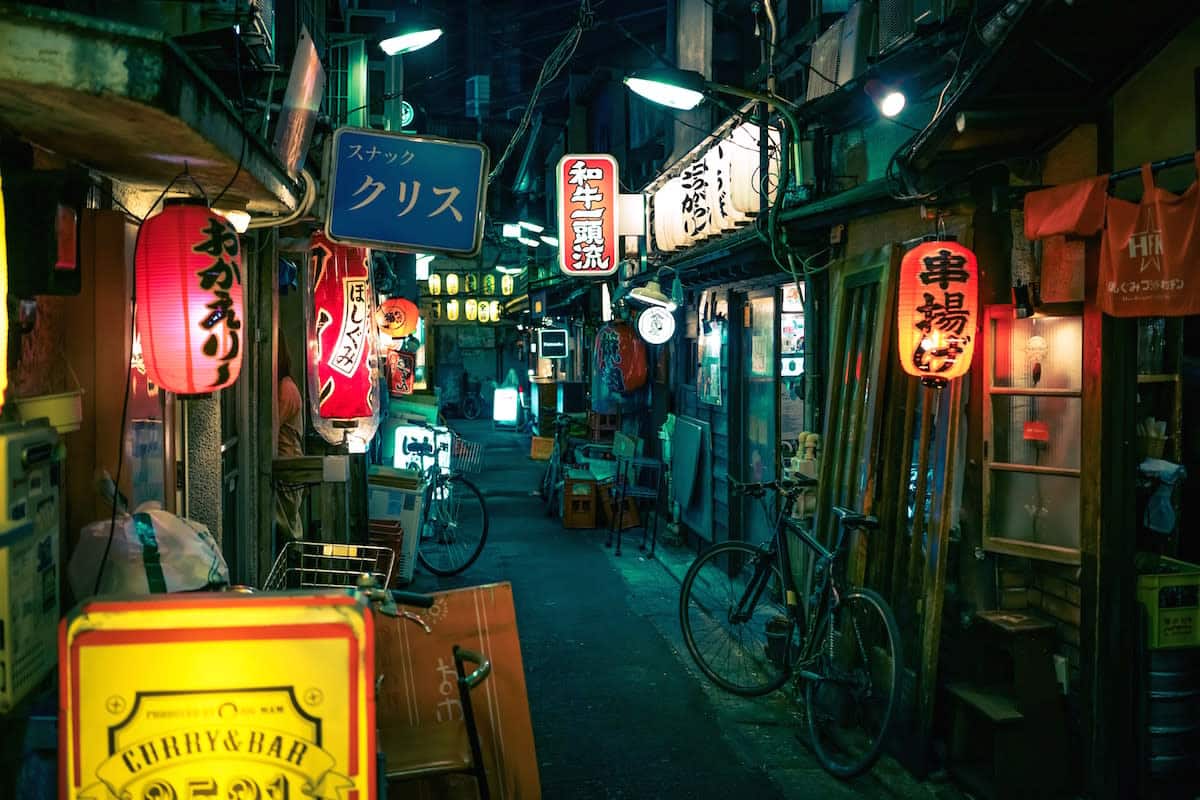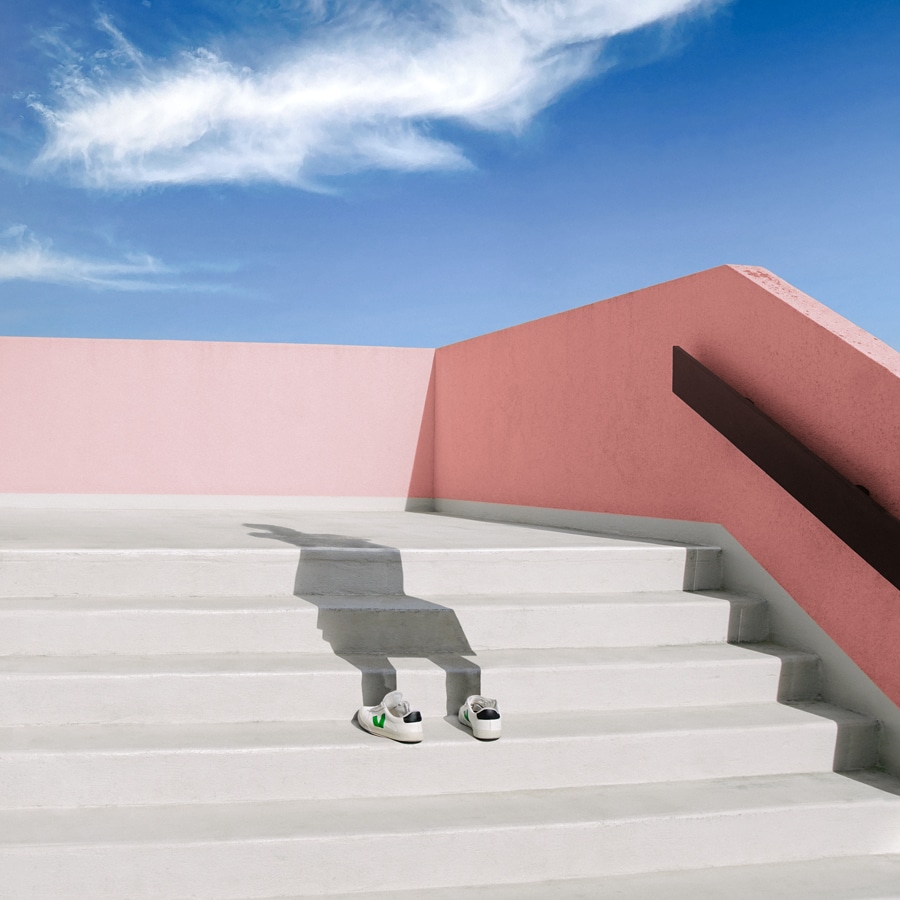Terrace House is not your usual reality TV show. Japan’s answer to The Real World has no backstabbing, drunk hookups or fist fights. Instead, the six strangers living together in Tokyo politely resolve disagreements and the girls flirt by cooking dinner. If they make a good bento box, maybe the guy will hold their hand—that’s about as edgy as it gets. It makes for oddly compelling TV despite the lack of drama.
Now in its 10th season, the series only recently became available to English-speaking audiences when Netflix premiered subtitled episodes last year. Among the models and dancers, one cast member stands out from the rest. Designer and architect Yuto Handa, dubbed “Mr. Perfect” by the show’s panel of commentators, emerged as a star.
When he’s not building furniture in his studio, Handa’s welding metal structures for a pop-up shop. Then, all of a sudden, he’s working on a cafe exterior. It’s a real creative tour-de-force that’s rarely found in reality TV. Right before he leaves the show (on Terrace House people leave and are replaced fairly often), he enters a design competition with a building concept for physically disabled people. Although he doesn’t win the competition, it’s safe to say he wins the hearts of everyone watching—there’s even an entire Reddit fan thread dedicated to him.
It’s been six months since Handa left Terrace House and he hasn’t slowed down. He started his own furniture design office Maison 1/1 and an art collective called Delicious Company. We caught up with Handa, with the help of a translator, to find out about Tokyo clients and how an aspiring architect ended up on Japan’s most popular reality TV show.

Format: Hi Handa! What have you been doing since you left the show?
Yuto Handa: Since Terrace House, I have been primarily working on graphic design, store design, and interior design. I do my best to have a sense of humour in my work. Also, as always, I’m still working as an art teacher at a prep school.
It seems out of the ordinary for an architect to go on a reality show. What made you interested in joining the cast?
The producers actually approached me first to appear on the show. I always love to try out new things, and I also thought that I could learn or gain something from the experience, so I decided to join the cast. It was a lot harder than I expected it to be, but at the same time it turned into a valuable experience that I couldn’t get anywhere else. I’m glad I participated in Terrace House.
You recently had an exhibition with Delicious Company. What is Delicious Company? What does the company do?
Delicious Company is a collaborative art group that I formed with college friends. We strive to make out-of-the-box art and design imbued with humour. I like to think of us as a circus troupe.
We do design work that can best be described as eccentric and unconventional. As a group we do many different activities. For example, we research underdeveloped areas of Tokyo and host exhibitions/displays of our discoveries. We’re also entertainers who make visual art, plan events, and create music.
I’m the head of Delicious Company. We consist of three architects, a filmmaker, a graphic designer, a systems engineer, and a producer. Essentially, we try to do work that is fun and makes us laugh.
Do you have a design philosophy?
To not forget the masses. To have a sense of humour. To have confidence in my unique style. To not think about whether my works will be popular and sell well.
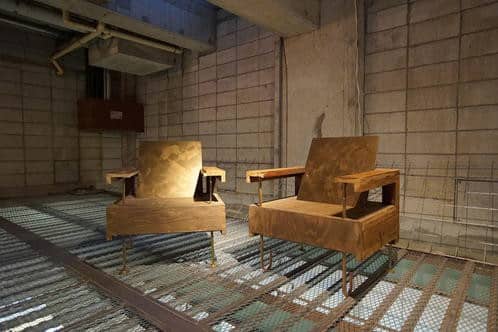
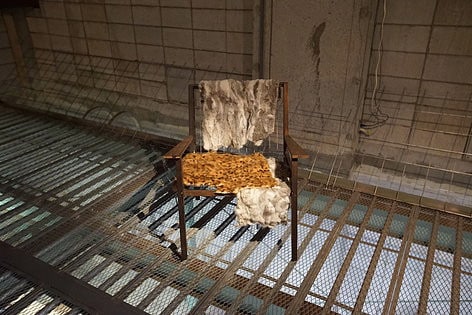
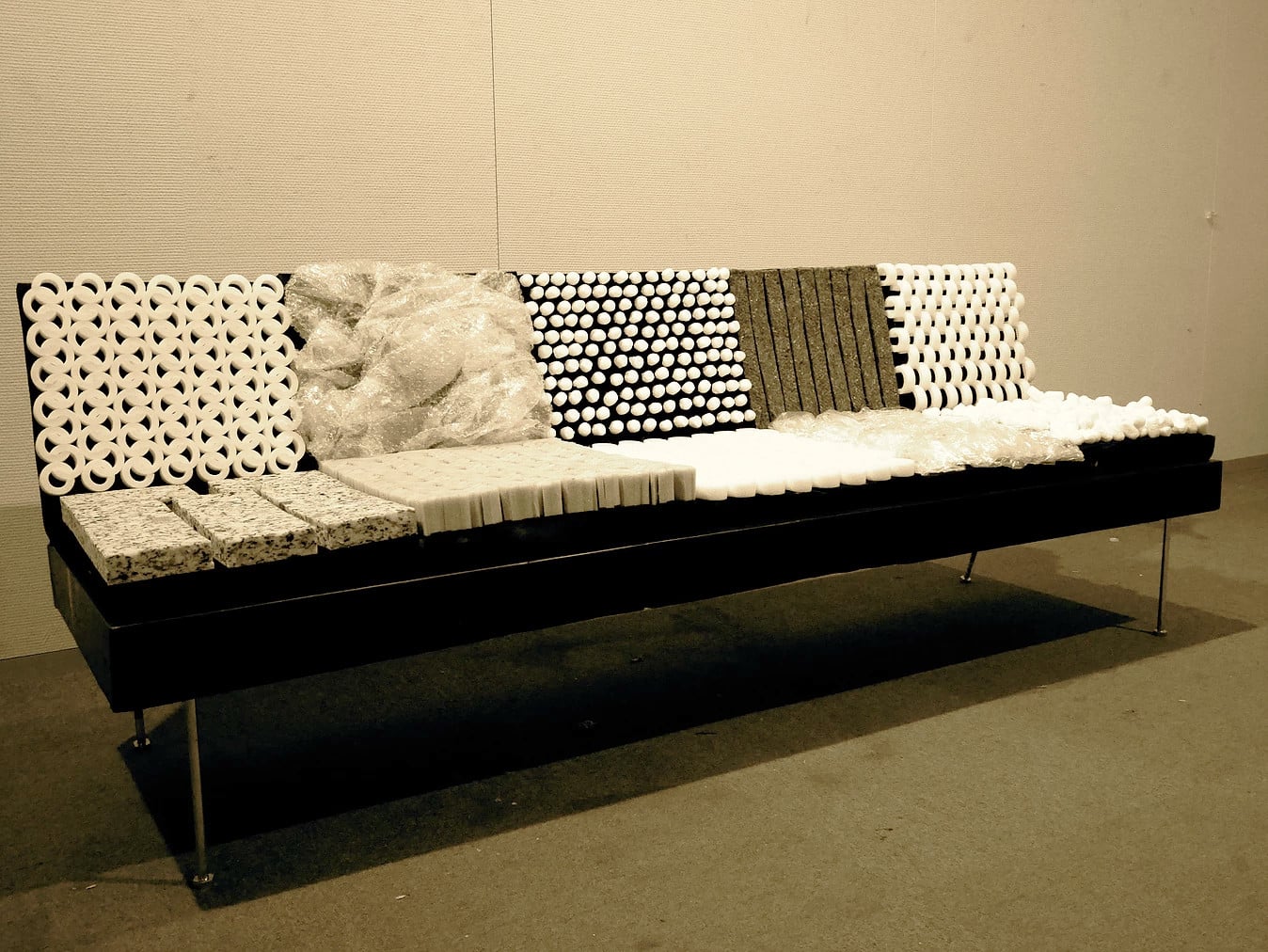
Furniture designs by Maison 1/1
Is your style of design similar to what’s popular in Tokyo right now?
I think that New York-style interior and graphic design has become very popular. Lately I’ve noticed a lot of white, black, gilded lettering, and wood in Tokyo. It looks fashionable, but being completely honest, my impression is that this style lacks individuality.
I don’t think that my style is similar at all. As much as possible, I make an effort to not stray away from simplicity in design. There’s a functionality to my work and I want to make sure people can interact with my designs easily.
If I want to learn more about modern Japanese design or architecture, where should I start?
I believe that the Japanese aesthetic of wabi-sabi is alive in design itself. Although they’re quite old, I was influenced by the books of Muneyoshi Yanagi and Tenshin Okakura. I also recommend the works of Yohji Yamamoto, Seiichi Shirai, and Taku Sato, all of which touch upon Japanese culture.
What are the challenges of working in a creative field in Tokyo?
Tokyo is a city where the flow of information moves especially fast and there are many people working in similar jobs. Due to this, clients are often very knowledgeable about design, which can be both difficult and interesting. In other words, designers in Tokyo don’t do all the design work themselves—rather, they have to act as directors who sort through the options presented by their clients, then decide how to carry out and arrange their work. If you don’t find that fun, I don’t think you would be able to work well in Tokyo. Undoubtedly, even within this strict framework, you can still add your unique style and individual flare within your designs, while bearing in mind the wants and needs of your client.
Lastly, what would be a dream project for you?
I want to change to world. I want to create something that leads to mutual understanding and makes people care about each other.
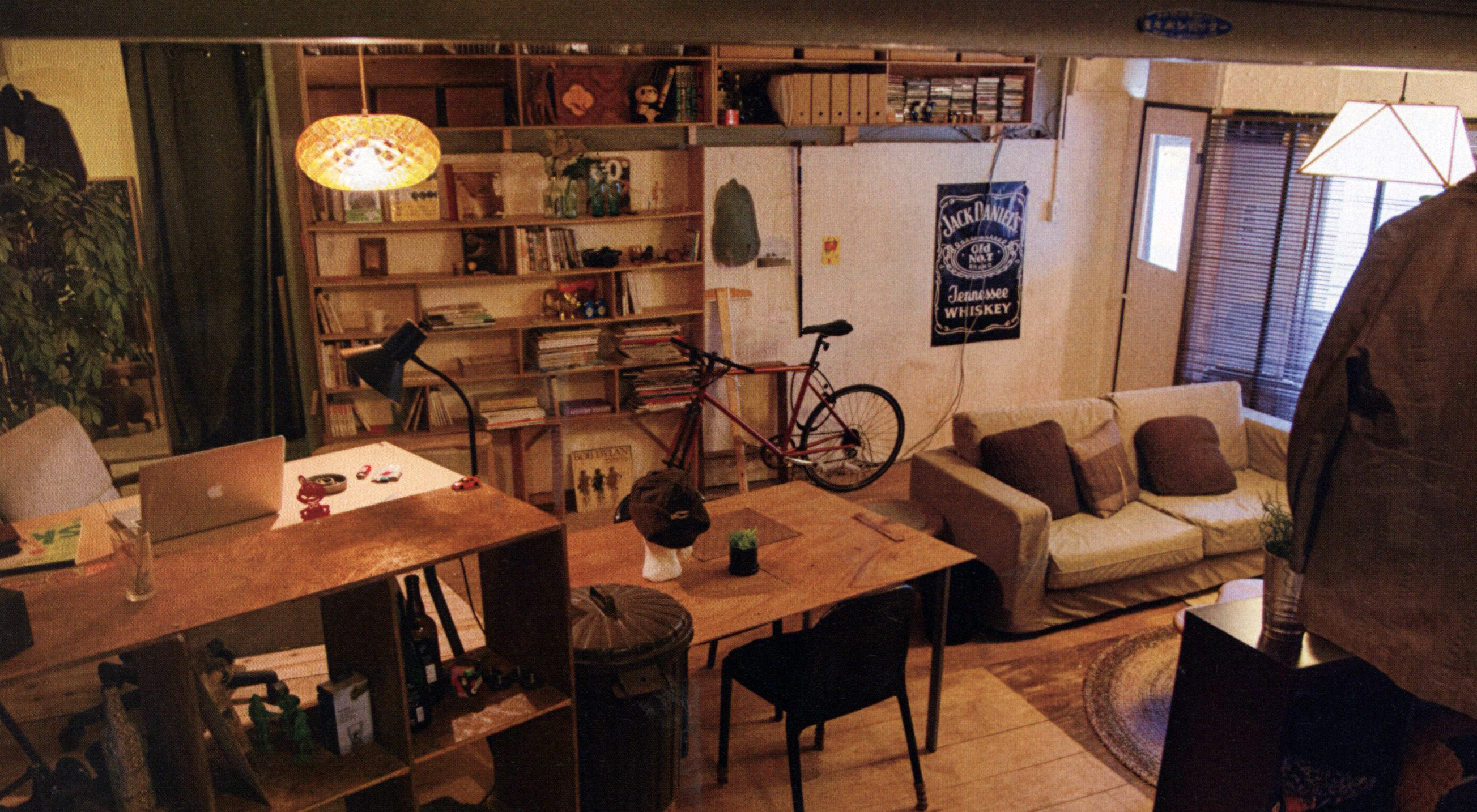
Maison 1/1 design office
##「テラスハウス」を通して、私はHandaさんのデザインを知りました。 「テラスハウス」のあと、Handaさんはどんな仕事をされていますか。
建築家として、店舗設計、グラフィックデザイン、空間のプロデュースなどをメインに仕事をしています。 ユーモアを持った設計ができるように努めています。 美術予備校の講師も変わらず続けています。
Delicious Companyとは何でしょうか。 この会社の デザイナーはだれでしょうか。 Handaさんはこの会社でどんな仕事をされているのですか。
学生の頃の仲間で立ち上げたアーティスト集団です。ユーモアのある思想で、既存の枠を超えたデザイン、アートを作り出していきたいと考えています。 私たちは私たちをある種のサーカス団だと考えています。
東京の未開発地域をリサーチにより発掘し、場所から展示を創り出したり、一風変わった設計提案や、ユーモアのある映像を作っているエンターテイナーです。イベントの提案や、音楽制作もします。
代表は私で、3人の建築家、1人の映像作家、1人のグラフィックデザイナー、1人のシステムエンジニア、1人のプロデューサーによって構成されています。 基本的に自分たちが笑うために活動しています。
デザインのコンセプトは何でしょうか。
大衆を忘れないこと。ユーモアのあること。自分にしかできないデザインだと自信が持てるように作ること。 売れるかどうかを考えないこと。
Handaさんのデザインは最近東京で流行しているデザインに似ていますか。 最近の東京の建築やデザインのトレンドを教えてください。
東京ではNYっぽいインテリアやグラフィックが流行っていると思います。木と白と黒、金縁の文字などよく見かけます。どれもおしゃれですが、どこか無個性な印象を受けるのも正直なところです。
私の作るものはそういったものとは似ていないと思います。なるべく自分にしかできないもの、単純なおしゃれに走らないようにものを設計しています。
人が使い、そこで体験が生まれることを忘れずにものを作って行きたいと思っています。
##日本の近代的なデザインを勉強したい人は、何から始めるのがいいでしょうか?(例えば、読むべき本、雑誌、など)
日本のわびさびというのは、デザインに生きています。 すこし古いですが、柳宗悦の本や岡倉天心の本には影響を受けています。柳宗理やヤマモトヨウジ、白井晟一、佐藤卓などは日本文化を踏まえた作品を作っていると思います。 彼らを参照するべきです。
東京でクリエイティブな仕事をする上で、難しい点、大変なことは何でしょうか。
東京は似たような仕事をしている人が多いこと、また情報の流れがとても早い都市なので、クライアントがデザインに詳しいということが難しくまた面白い点です。つまり、デザインをすべてデザイナーができるわけではなく、デザイナーは常に挙げられた選択肢を整理し、整え、決定するディレクターでなければなりません。それを楽しめない限りは東京では良い仕事ができない気がします。 その中でも仕事をして行く上では個性も求められるので、時間をかけた打ち合わせと、アイディアで相手の求める先までをプレゼンすることを心がけています。
##日本では建築家がリアリティー番組に出演するのは異例のようですね なぜ出演したのですか。 テラスハウスへの出演は想像通りでしたか。
出演したきっかけは、テラスハウス側からお話をいただいたからでした。もともと新しいものに飛び込んで行くのが好きで、そこでえられる学びがきっとあるだろうと思い、出演を決めました。 想像していたよりも大変な点もありましたが、出演によってえられた経験はかけがえのないもので、出演してよかったです。
Handaさんのドリームプロジェクトは何でしょうか。
世界を変えることです。 合意形成が法律を超える瞬間や、ひとがすこしでも誰かを気遣えるような装置を作って行きたいです。 建築と芸術の両方を行きたいと思っています。
